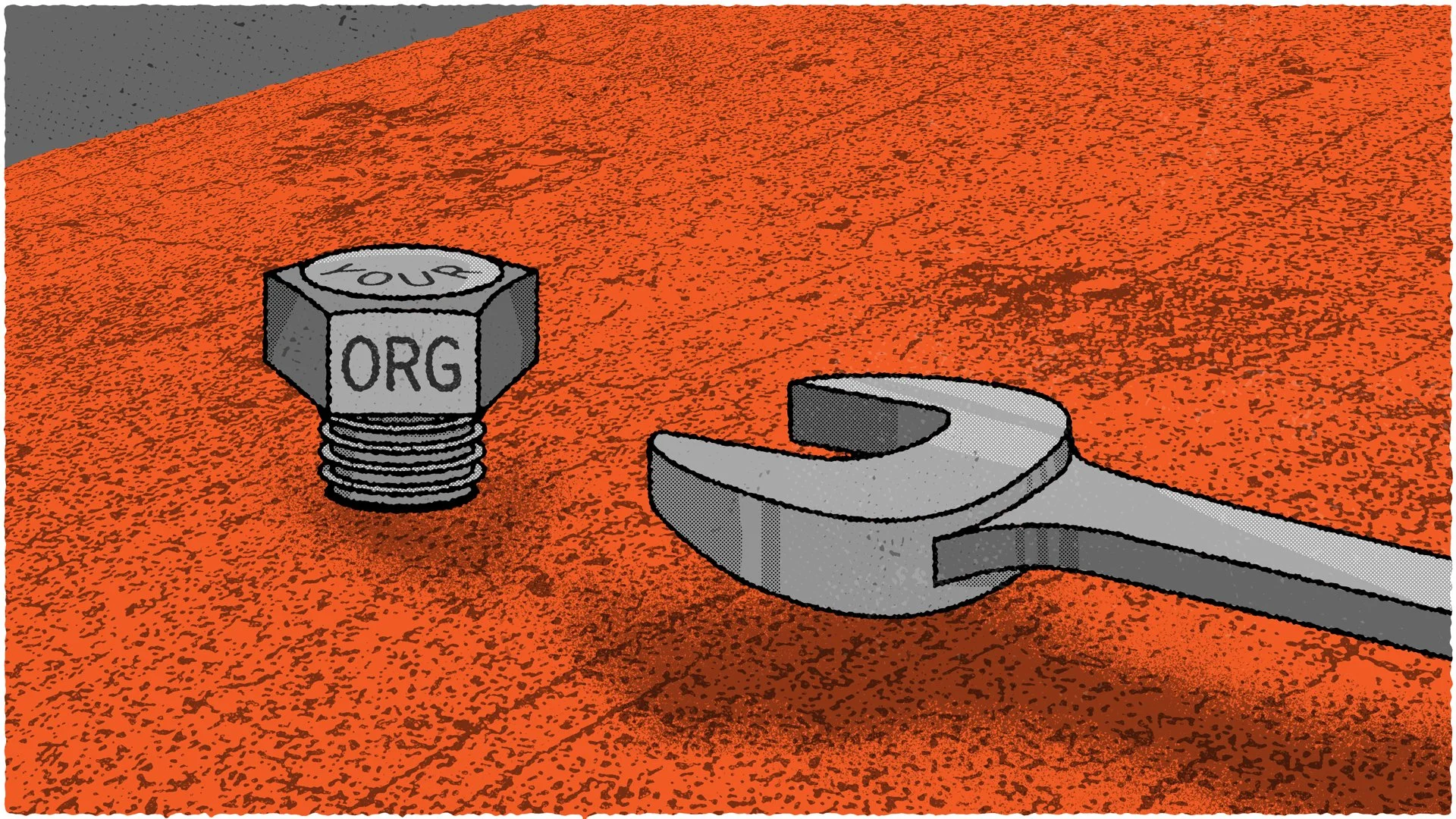The Courage to Fix Things: Ways to Refocus for Greater Impact
I was reminiscing with a coworker about a younger version of our firm (and me) and recalling some big risks. Thankfully, some paid off well, and I’m grateful for those outcomes. My next thought was, why with so much less experience, was I so confident? How could I have been so bold, and where did that gumption go?
It wasn’t the lack of experience; it was the lack of mistakes. Mistakes are inevitable, but as they pile up, confidence erodes. We start realizing all the ways things can go sideways, and we fully understand the consequences. With luck and good intentions, we avoid cynicism and cultivate empathy.
As for empathy, mine has had a workout lately as I talk with nonprofit leaders during these troubling times. I’ve long said that no one calls my firm because everything’s working perfectly. I hear exactly the opposite, all mistakes and misgivings. I’m no longer surprised because the missteps are remarkably similar, no matter the sector, from organizations large to small, and from grant-making to grant-seeking organizations.
I’ve come to realize that early in our careers, we sometimes succeed because we don’t know better. Next comes a certain timidity that stems from having gotten a taste of failure. Eventually, you move past timidity to the real work – fixing things. For those in this stage of their careers, or those ready to begin it, I thought it might be helpful to share the most common mistakes I see and how to fix them.
1 |
Expanding Beyond the Mission
Nonprofits can try to be everything to everyone. They expand programs to meet every emerging need or funding opportunity until their mission becomes a patchwork of unrelated efforts. The result is confusion, internally among staff and externally among donors.
The Fix: Treat mission like a compass, not a menu. Evaluate every service and ask if it strengthens your organization’s purpose or distracts from it. It may be time to trim and consolidate. |
2 |
Failing to Align Measurement with Impact
Organizations sometimes report what’s easy to count. The number of people served is a favorite. Scale of impact is important, but it doesn’t reveal what truly matters, such as lives changed or systems improved.
The Fix: Define success in terms of improvement, not activity. Data needs to support a broader story. When numbers and narratives align, credibility follows. |
3 |
Underinvesting in CapacityTo appear lean, many nonprofits skimp on infrastructure, holding firm to the belief that spending on operations takes away from the mission. They wear frugality as a badge of honor, even when it hinders progress, limits innovation and breeds burnout. The Fix: Treat operations as an impact multiplier. Investing in training, technology and communications amplifies outcomes. Capacity isn’t just overhead; it’s the foundation of sustainability. |
4 |
Approaching Fundraising TransactionallyToo many organizations focus on quick donations instead of long-term relationships. This approach may fill short-term gaps, but it also undermines loyalty. Fundraising pressures make it easy to think in quarters instead of years. High turnover in development exacerbates this. Meanwhile, humans are wired for reciprocity, not transactions. The Fix: Cultivate donors as partners in progress. Share outcomes, invite feedback, and recognize contributions beyond dollars. Extend the relationship beyond the development team. |
5 |
Communicating Inconsistently and InadequatelyMessages across different channels often conflict or compete. Underinvesting in messaging makes this worse (collateral damage from mistake number three). The “brand” becomes a tagline with no clear promise or narrative. As a result, audiences don’t retain or comprehend the message. The behavioral culprit is cognitive dissonance: tension between what people hear and what they believe. The Fix: Speak with one voice. Create a unified narrative that aligns your website, reports, and social media. Consistency signals credibility and supports engagement. |
Experience may teach caution, but it also brings humility and the courage to begin again. It’s time to move beyond fearing mistakes or being resigned to them. This is a moment that demands our best thinking, our sharpest focus, and our highest standards. I believe we’re up to it. The sector has weathered hard seasons, and it always emerges steadier, wiser and more effective than before.
Ever forward,
Kevin


